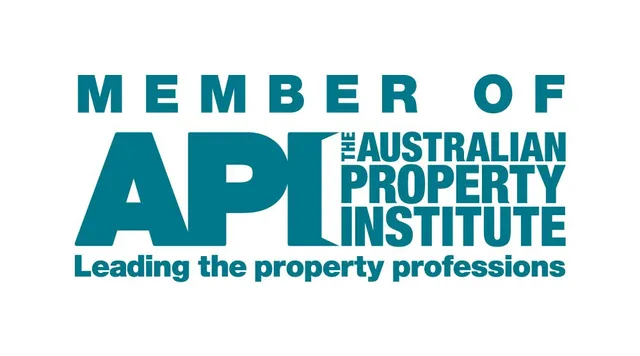Capital Gain Vs Yield
30 April 2017
Like the eternal battle of good versus evil, the opinions about Capital Gain versus High Yield when it comes to property investment rage on. Both points of view have their Pros and Cons and, in reality, there is no blanket right or wrong answer. The post Capital Gain Vs Yield appeared first on Aspect Buyer's Agency.

Like the eternal battle of good versus evil, the opinions about Capital Gain versus High Yield when it comes to property investment rage on.
Both points of view have their Pros and Cons and, in reality, there is no blanket right or wrong answer.
The way forward for any investor will be based on their individual circumstances and their position or taste for either option will change over time and possibly from property to property.
Whilst Capital Gain is often seen as good measure of how well an investment has performed, thus how successful your investment has been, it’s not the only thing to consider.
There is no doubt that the quickest way to put equity into a property is through fast Capital Gain, this can be achieved by either buying at a below value price, a rising market, renovation or addition that results in an increase in value. The problem with Capital Gain is that it does not pay the mortgage, the rates, pay for repairs and other costs associated with owning the property. There are many people who are asset rich but cash poor and struggle to feed themselves week to week, even though they may be sitting on million dollar assets. It can be very difficult to realise your Capital Gain wealth if it requires you to sell your home or principle source of income. You also can’t retire on Capital Gain.
This is where the old adage of “Cash is King” starts to kick in. The benefit of good yield or return is that once you have covered your holding costs you can then do as you please with the extra cash.
Investment that provides a proper return will be the long term answer to sustained and continual growth. Once the principle is paid off, and the property is maintained, the income can be used to either enjoy or reinvest. Whilst you are in the growth phase, reinvestment would be the preferred option as the compounding effect of reinvested capital can be huge over the life of the investment.
The best result would be to achieve suitable yield coupled with sustainable capital growth. So unsurprisingly at this point, an investment that supplies good yield with Capital growth is often on the menu when I’m talking to clients.
How to achieve this is the tricky part. There’s no point looking for the silver bullet as they just don’t exist. You need to create them or use multiple properties which have different jobs to do, it’s about creating a plan on how the property, the finance, the ownership structure, and property markets all work together to give you the result you are looking for.
An example of where this situation has been created, is if you purchased property in Dubbo in 2013 or earlier, with good yield you would on average realised almost 24% increase in property values, whilst achieving gross yields of between 5.0% – 6.0%, which for residential property is not a bad result.
The graph below shows the Median Price of all homes in Dubbo NSW between 2008-2017. The graph shows the 10 year average year on year to be about 6.0% capital growth per annum or 61% overall.
Sydney by comparison has moved almost 57.0% since 2013 with most of this movement occurring over 2015/2016, although almost doubling since 2008. Whilst gross yields for the Sydney Market over the same period have dropped from around 4.5% in 2013 to now under 3.0% and are continuing to fall.
When comparing Dubbo with other capital cities, it’s performing quite well in comparison as depicted above.
Dubbo has been used as the case study but many other regional cites have also shown similar results over the period.
Whilst Dubbo appears to be slowing in the capital gain department, some sectors of the Orange market are going great guns, our research into the market has revealed some glaring holes in the market where some real opportunities are available. There are some big expectations for the Orange market throughout 2017, if you know what to buy.
Regional properties may not come with a “Sexy” capital city address, but when you are looking for consistent “workers” who are doing the job you need them to, regional property investments are going really well. So if you don’t have $1,000,000 spend or if you do and you need more than 3.0% on your money, consider looking outside the capital cities for the closest thing you will find to the Holy Grail of solid Capital Growth and Good Yield.
Happy Investing





